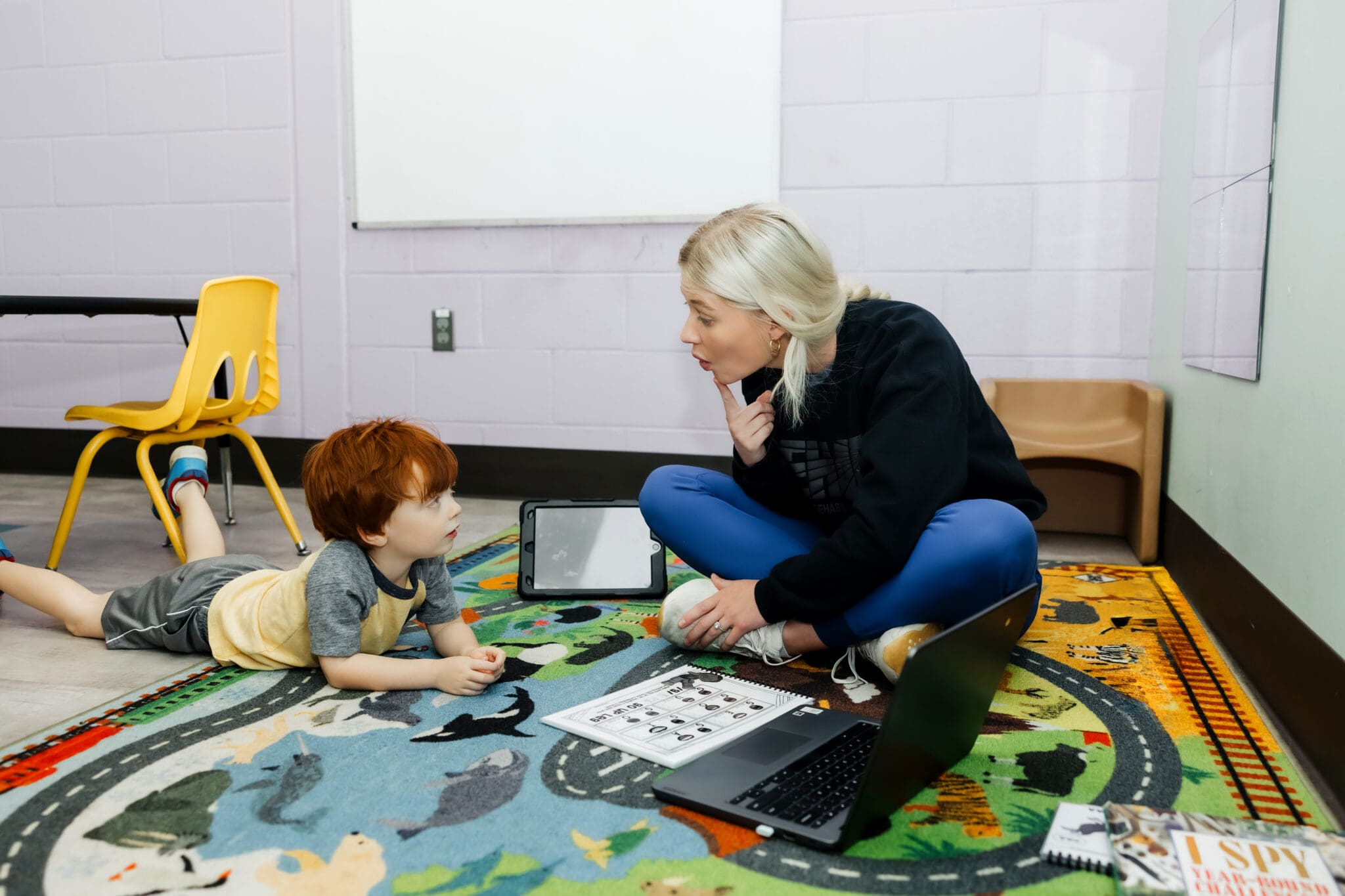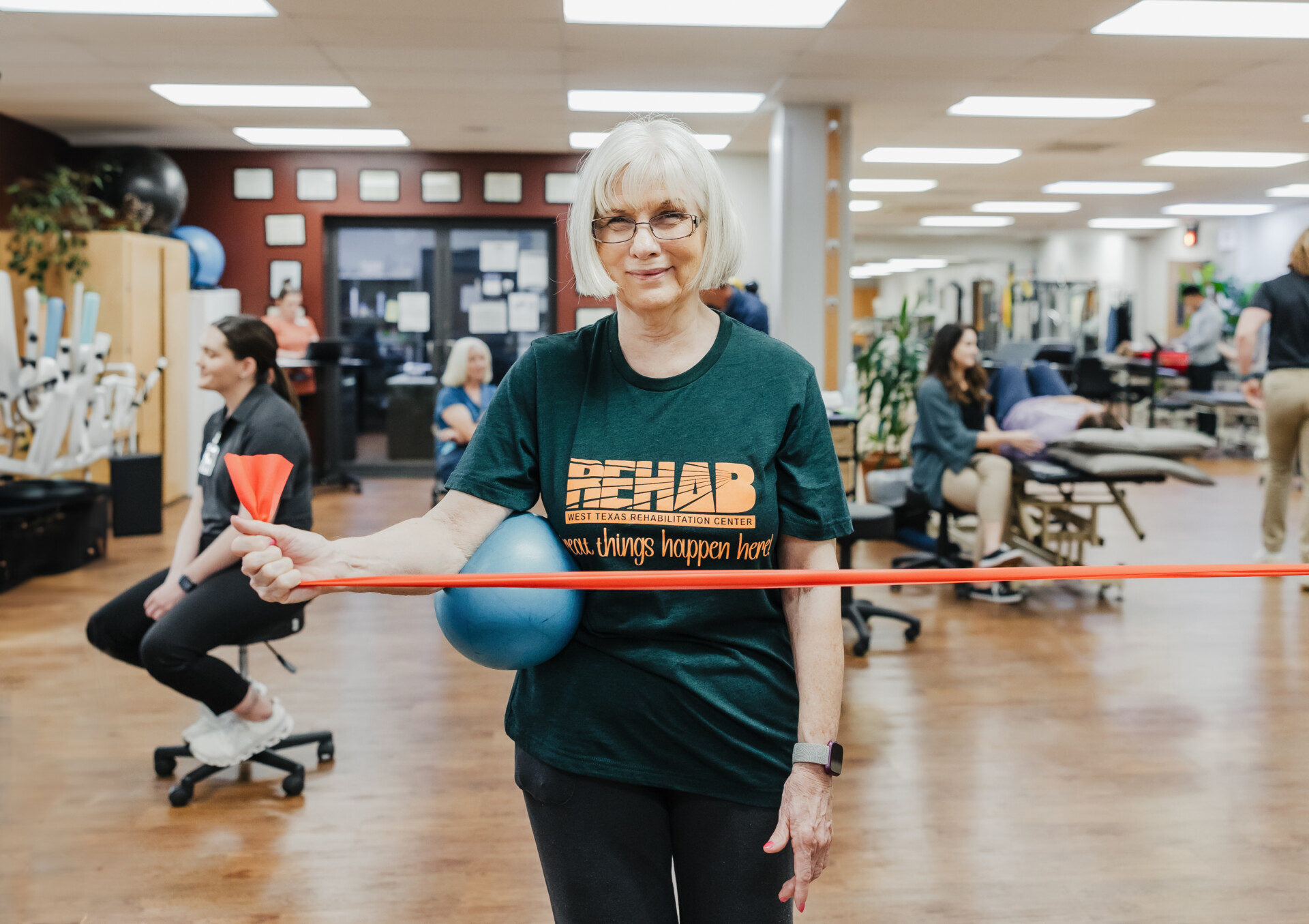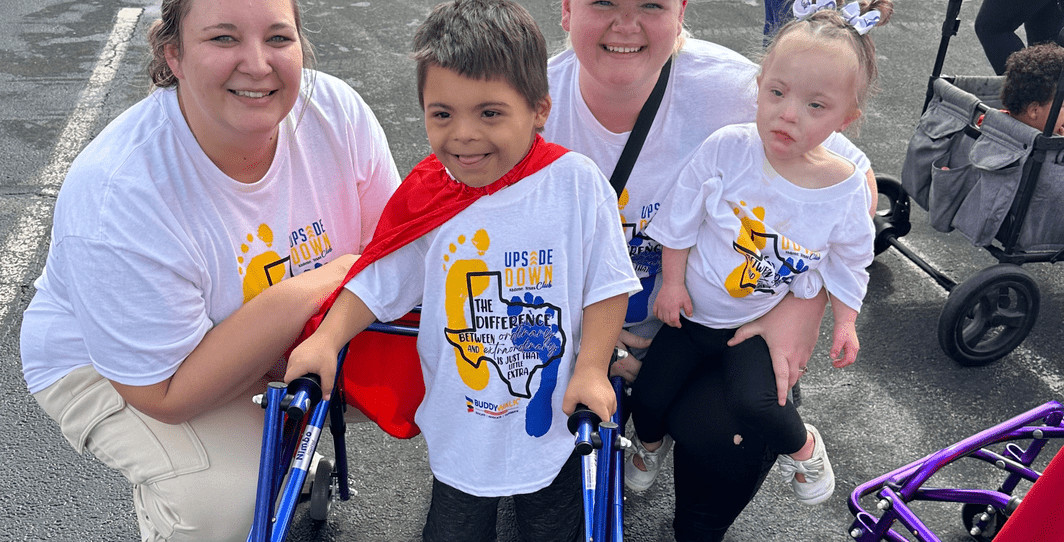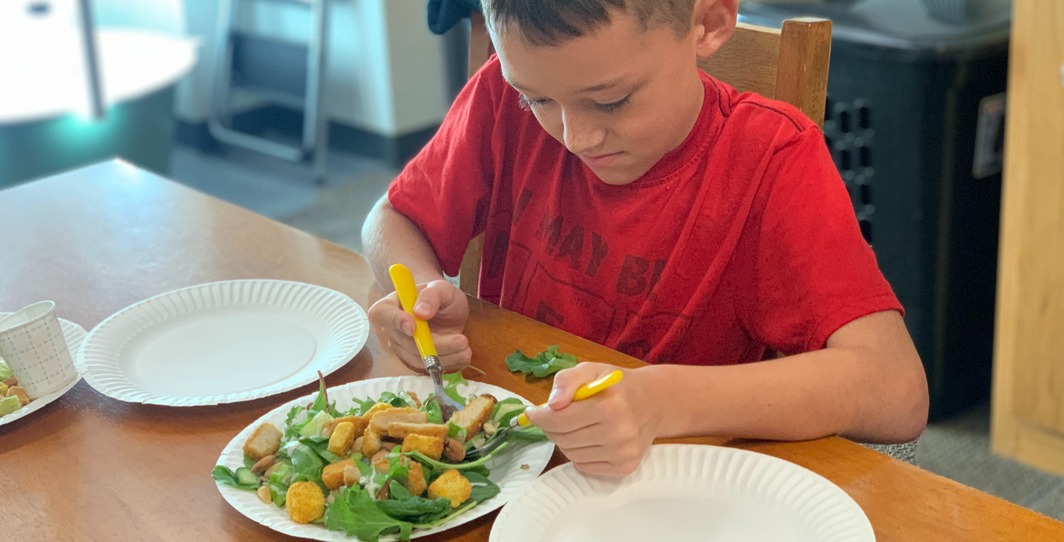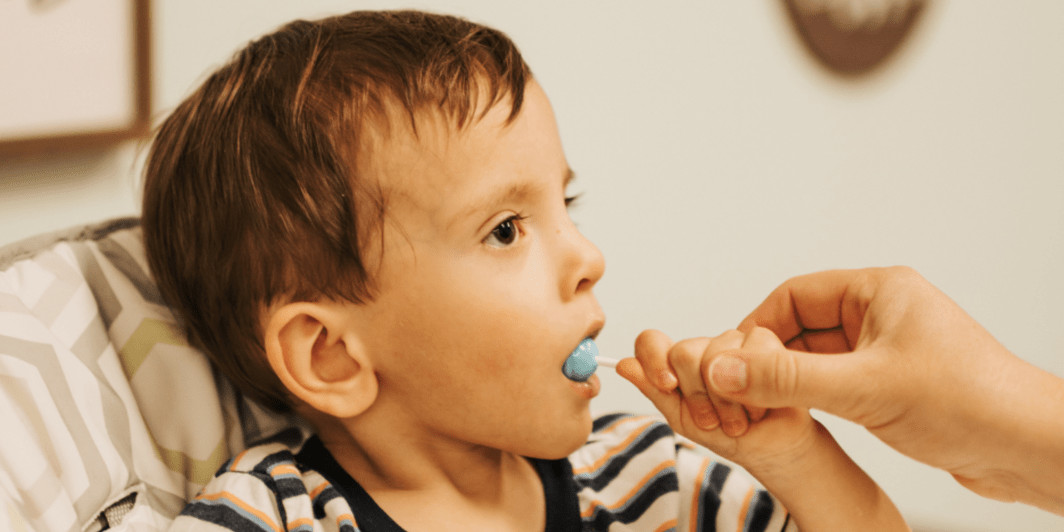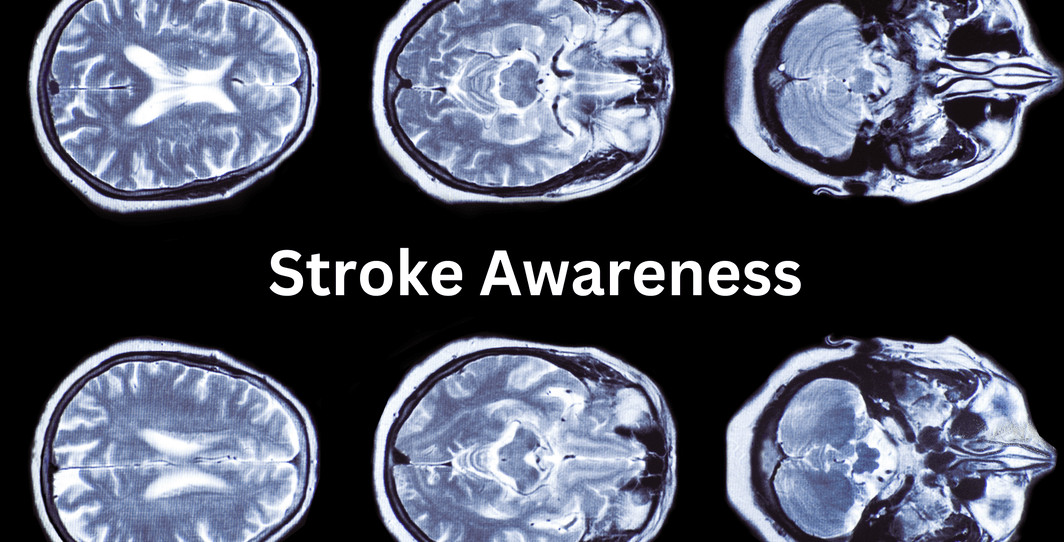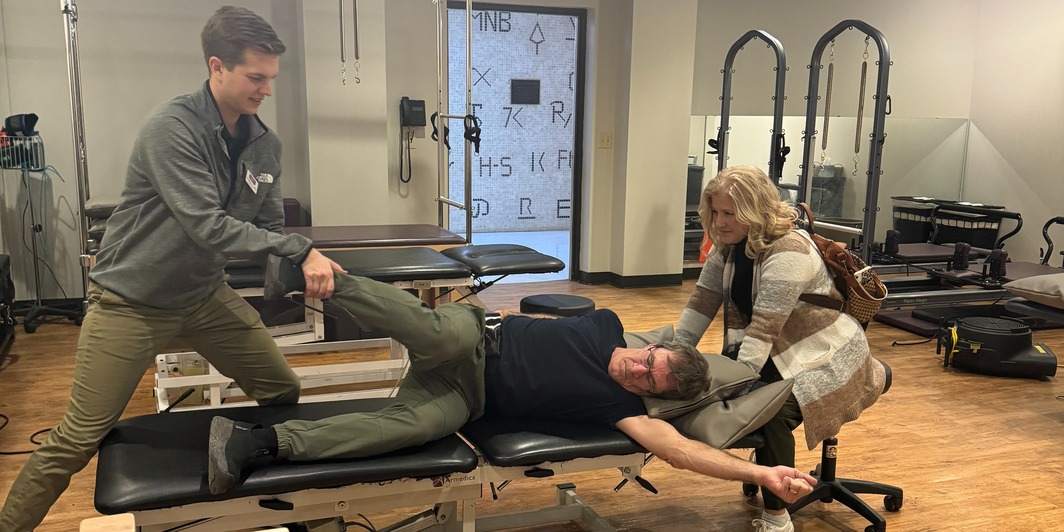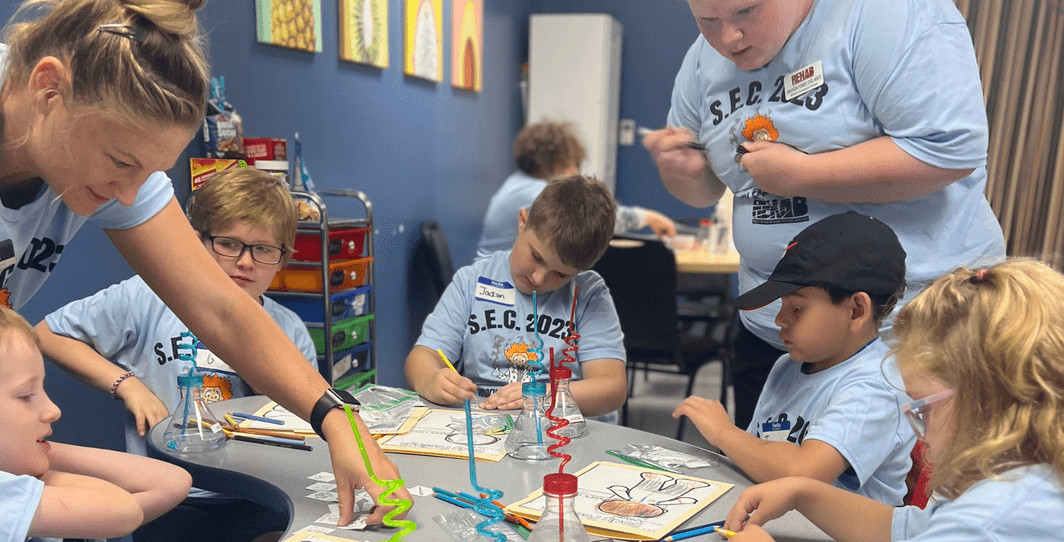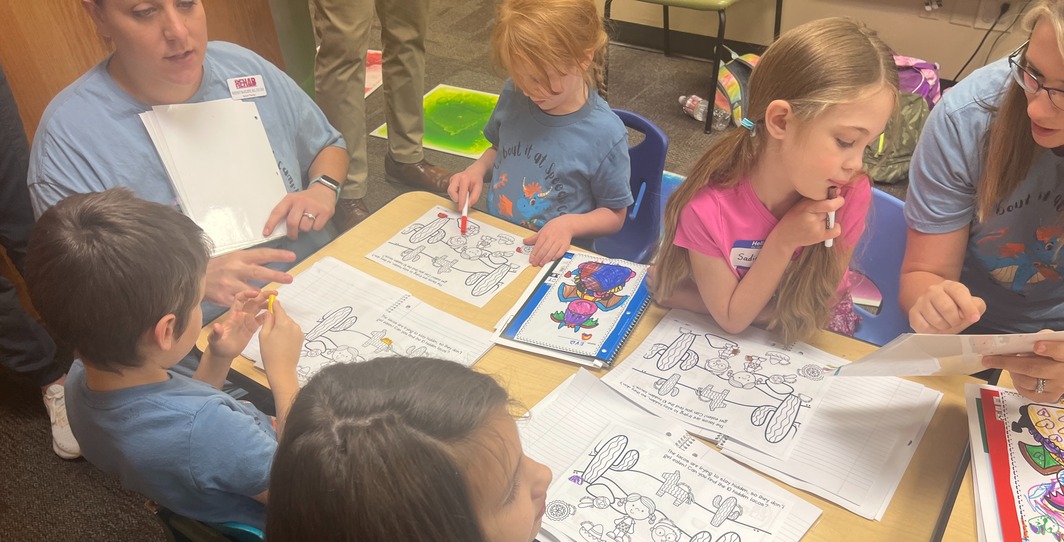The Power of Early Intervention: Why Speech Therapy Can’t Wait
Celebrating Better Speech and Hearing Month – May
Every child deserves the chance to express themselves clearly, confidently, and fully. Yet, for many, speech and language challenges can create barriers in communication that affect learning, relationships, and emotional well-being. That’s where early speech therapy intervention becomes a powerful tool—and during May, Better Speech and Hearing Month, it’s the perfect time to raise awareness about its critical role.
Why Early Intervention Matters
Speech and language skills begin developing from the moment a child is born. By the time they reach preschool, these skills form the foundation for literacy, learning, and social interaction. Delays or difficulties in communication—whether with articulation, language comprehension, fluency, or voice—can have lasting impacts if not addressed early.
Here’s why early intervention is so essential:
1. The Brain Is More Adaptable at a Young Age
Neuroplasticity—the brain’s ability to change and adapt—is at its peak during early childhood. This means young children are better able to learn new speech and language patterns, making therapy more effective when started early.
2. Reduces the Risk of Academic Struggles
Children with untreated speech and language disorders often face challenges with reading, writing, and classroom participation. Early support can bridge those gaps and prepare them for school success.
3. Boosts Social and Emotional Development
Clear communication helps children build friendships and navigate their world with confidence. Without it, they may feel frustrated, isolated, or misunderstood. Early therapy empowers them to connect with others in meaningful ways.
4. Increases Long-Term Independence
The earlier a child begins therapy, the more likely they are to reach communication milestones that support greater independence in school, work, and daily life.
May Is Better Speech and Hearing Month
Every May, we celebrate Better Speech and Hearing Month, a national campaign led by the American Speech-Language-Hearing Association (ASHA) to promote understanding about communication disorders and the importance of early treatment. It’s a time to educate families, caregivers, educators, and healthcare professionals about how speech-language pathologists (SLPs) and audiologists can make a profound difference.
This year’s theme encourages us all to be proactive—whether that means getting a hearing screening, scheduling a developmental evaluation for your child, or simply starting a conversation about speech therapy with someone who may benefit from it.
What You Can Do
- Watch for signs. Trust your instincts. If your child isn’t meeting speech milestones or struggles to be understood, talk to a pediatrician or SLP.
- Act early. Don’t wait for your child to “grow out of it.” Early help leads to better outcomes.
- Share awareness. Use this month to spread the word about the importance of speech and hearing health.
Speech therapy is more than correcting sounds—it’s about opening the doors to expression, confidence, and connection. By prioritizing early intervention and recognizing May as Better Speech and Hearing Month, we can give every child the voice they deserve.
If you have questions or concerns about your child’s speech or language development, reach out to our Pediatric Therapy Departments in San Angelo (325-223-6300) or Abilene (325-793-3400).


